1. background introduction
Here is an excerpt from the official website, you can visit official website for more information if you are interested. The official website provides multiple language support, which is still quite good in terms of experience.
Rocky Linux is a community-based, enterprise-class operating system. It is designed to be 100% bug-compatible with the top U.S. enterprise Linux distributions due to a shift in development by the latter’s downstream partners. Rocky Linux is led by Gregory Kurtzer, the founder of the CentOS project, and the community is currently focusing on developing facilities.
Rocky Linux started internal testing from version 8.2, followed by RC from version 8.3 and GA from version 8.4, which is still quite efficient. Here we take version 8.4 as an example for installation experience. It is worth mentioning that, in addition to the regular installation images, Rocky Linux also provides WSL-related installation packages, and the support for various versions is quite comprehensive, which seems to be reliable so far.
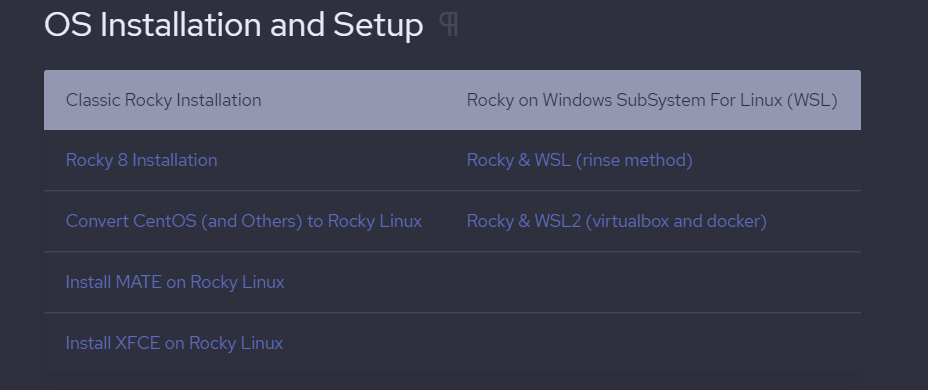
2. Installation
The overall installation process of Rocky Linux is not very different from centos8, and some of the built-in software is basically the same. The overall installation process of Rocky Linux is not much different from centos8, and some of the built-in software is basically the same, except for some key names, logos, and pictures that have been changed to fit the image of Rocky Linux itself.
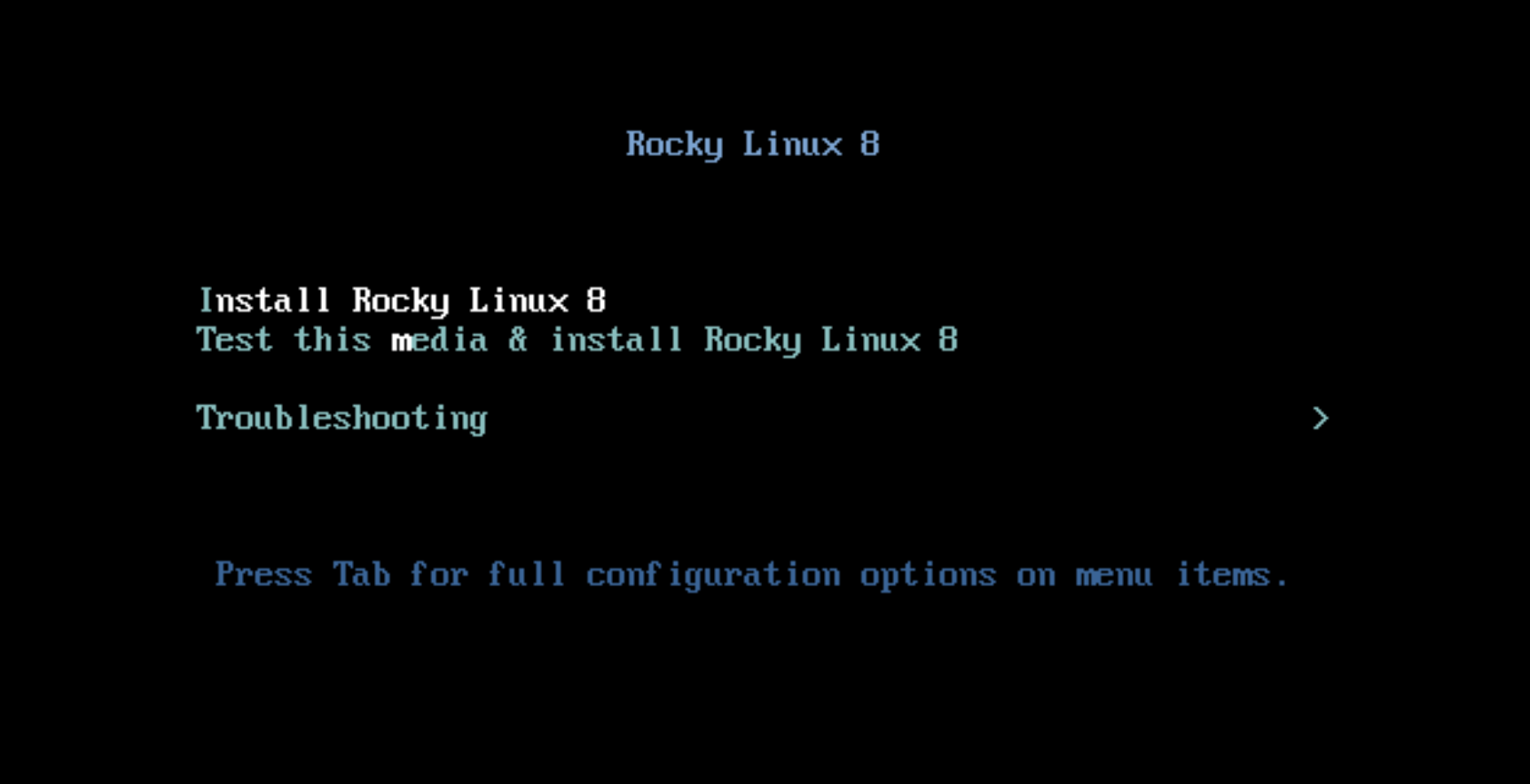
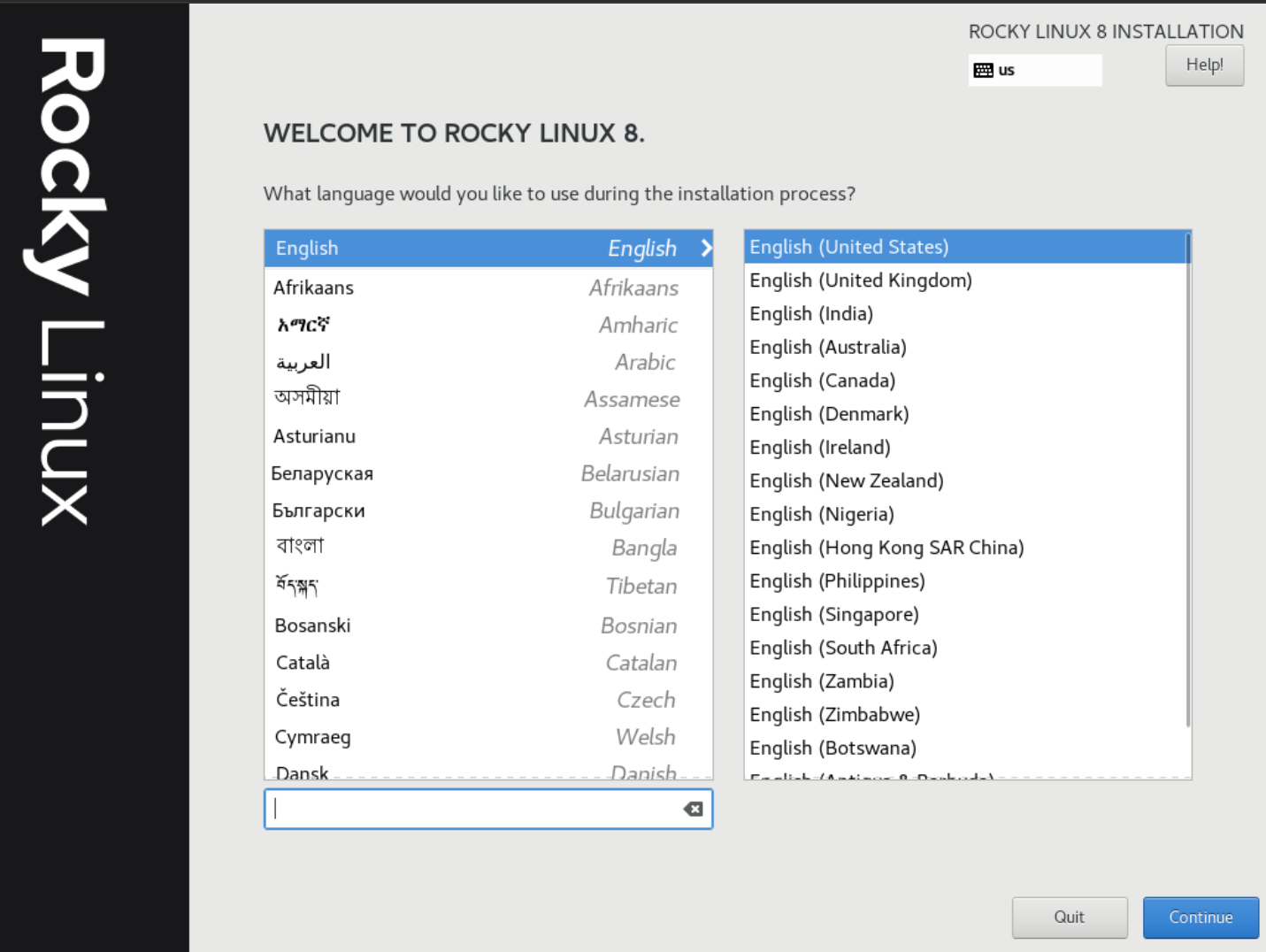
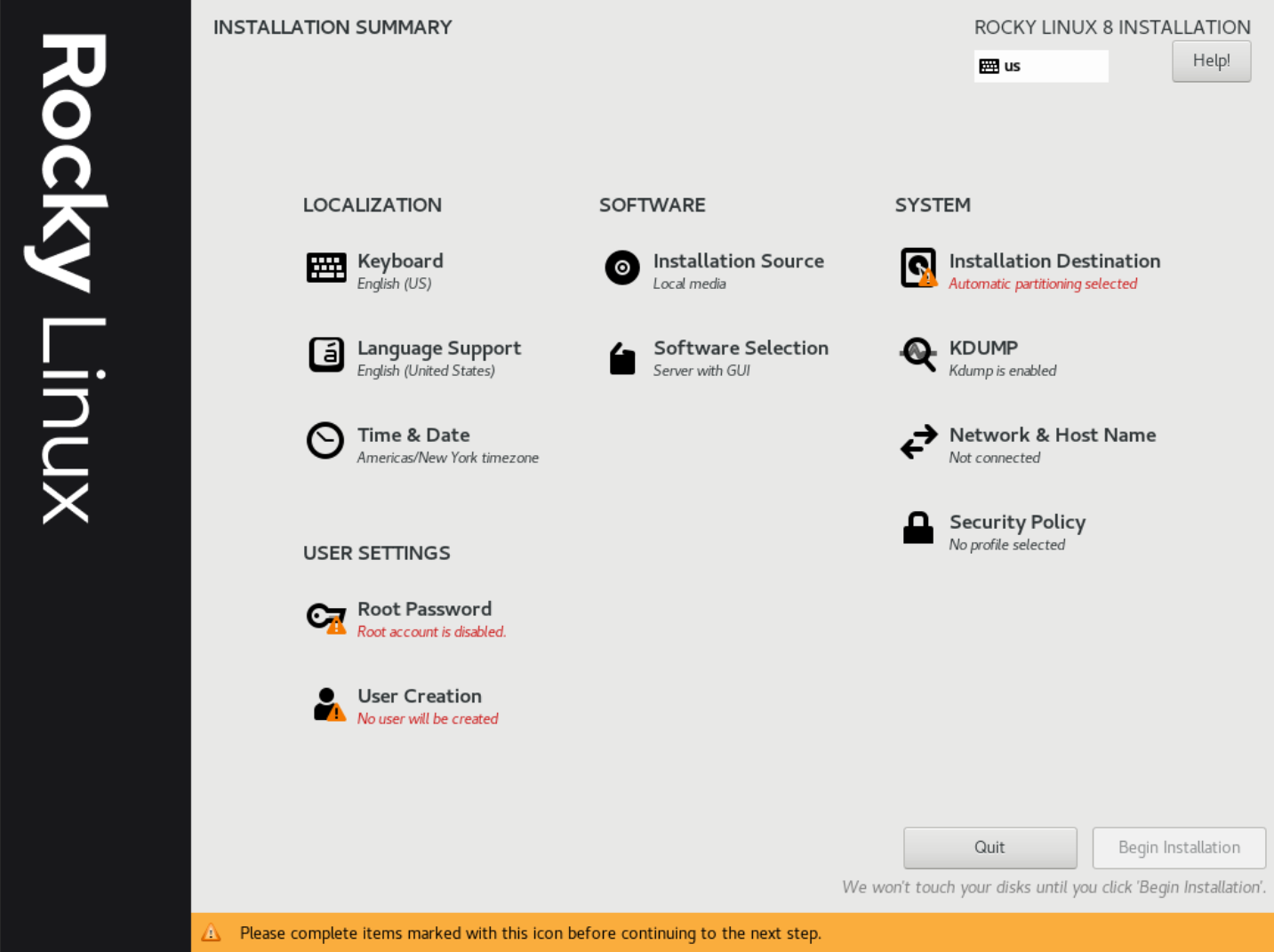
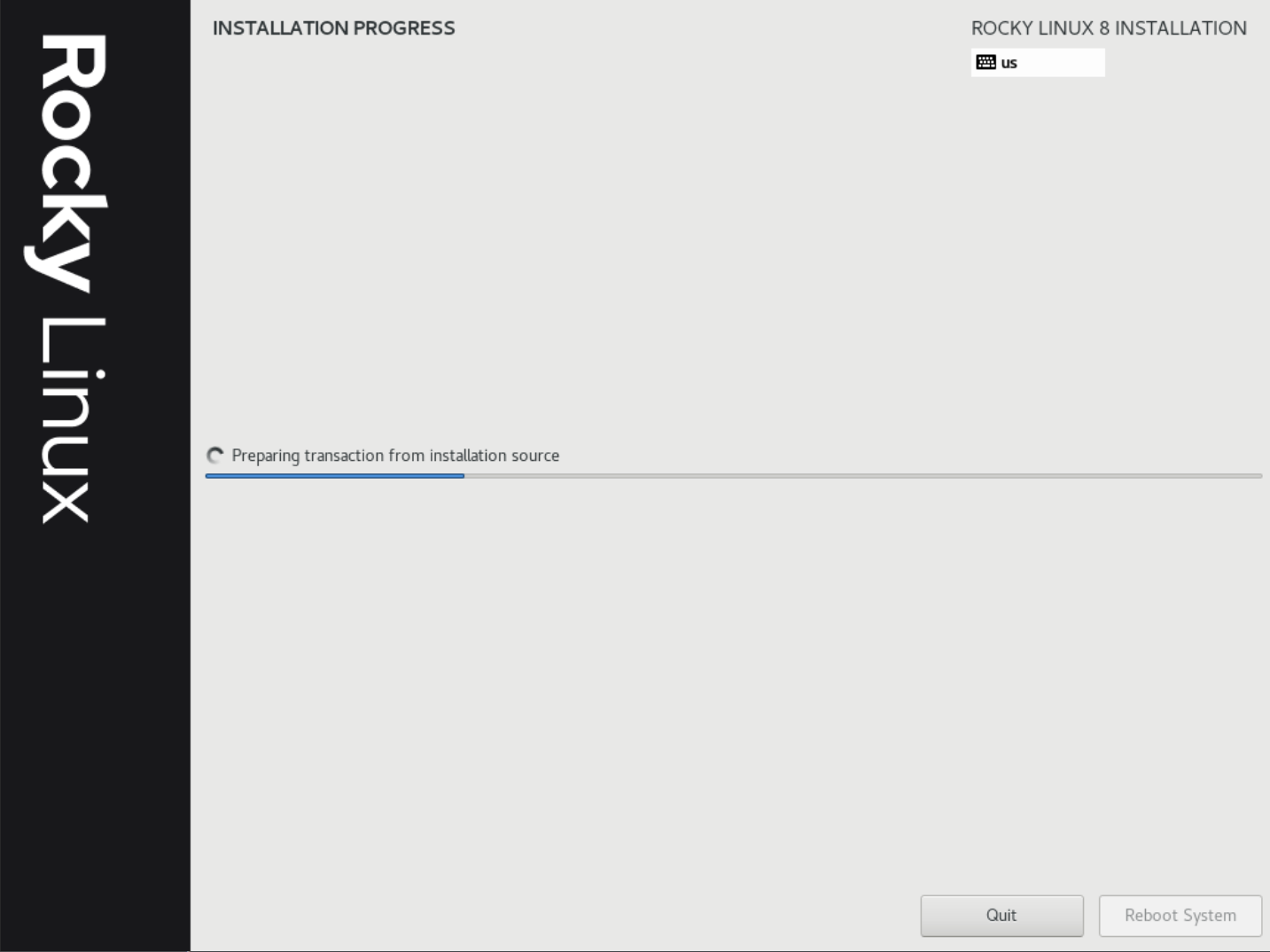
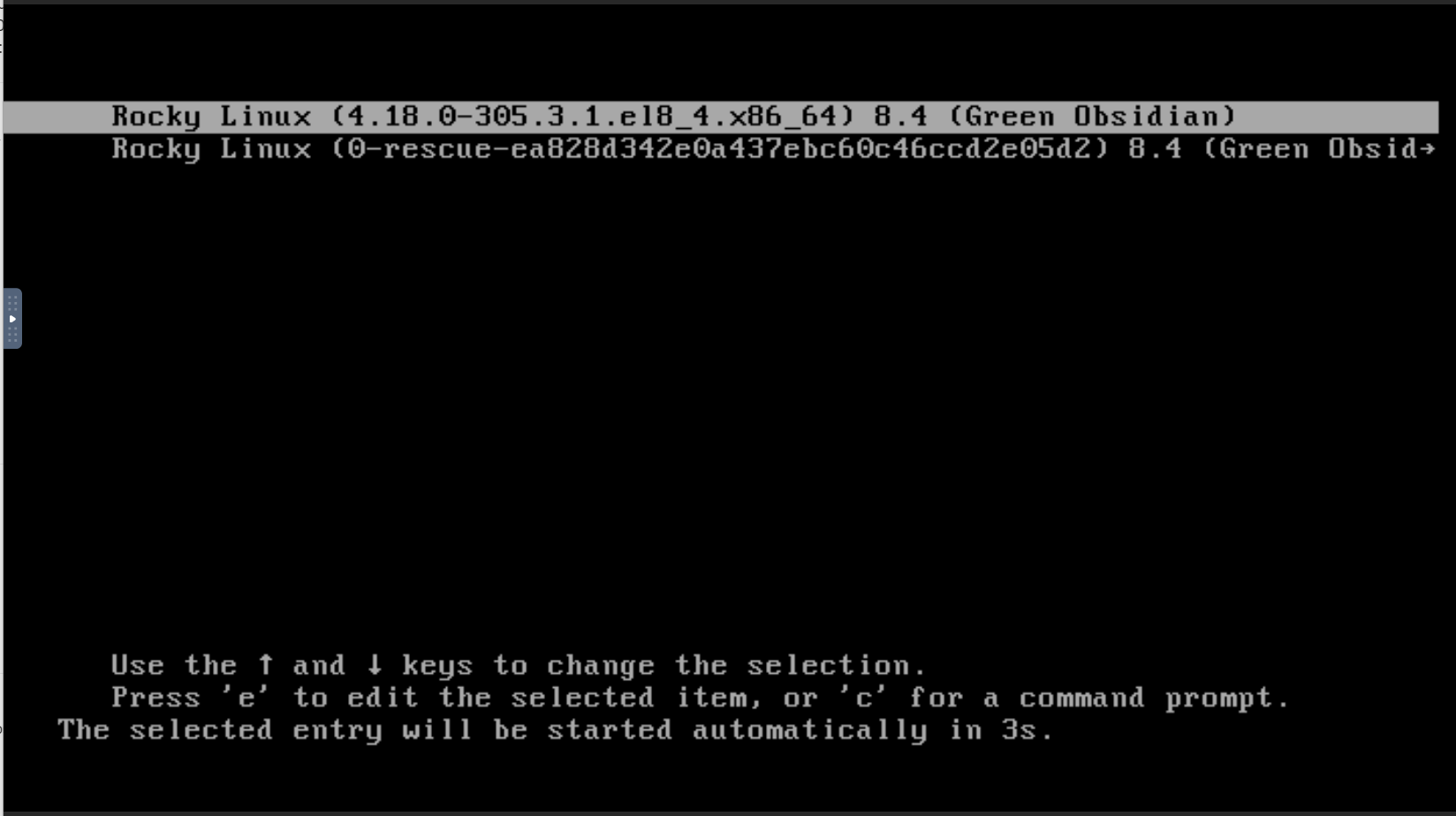
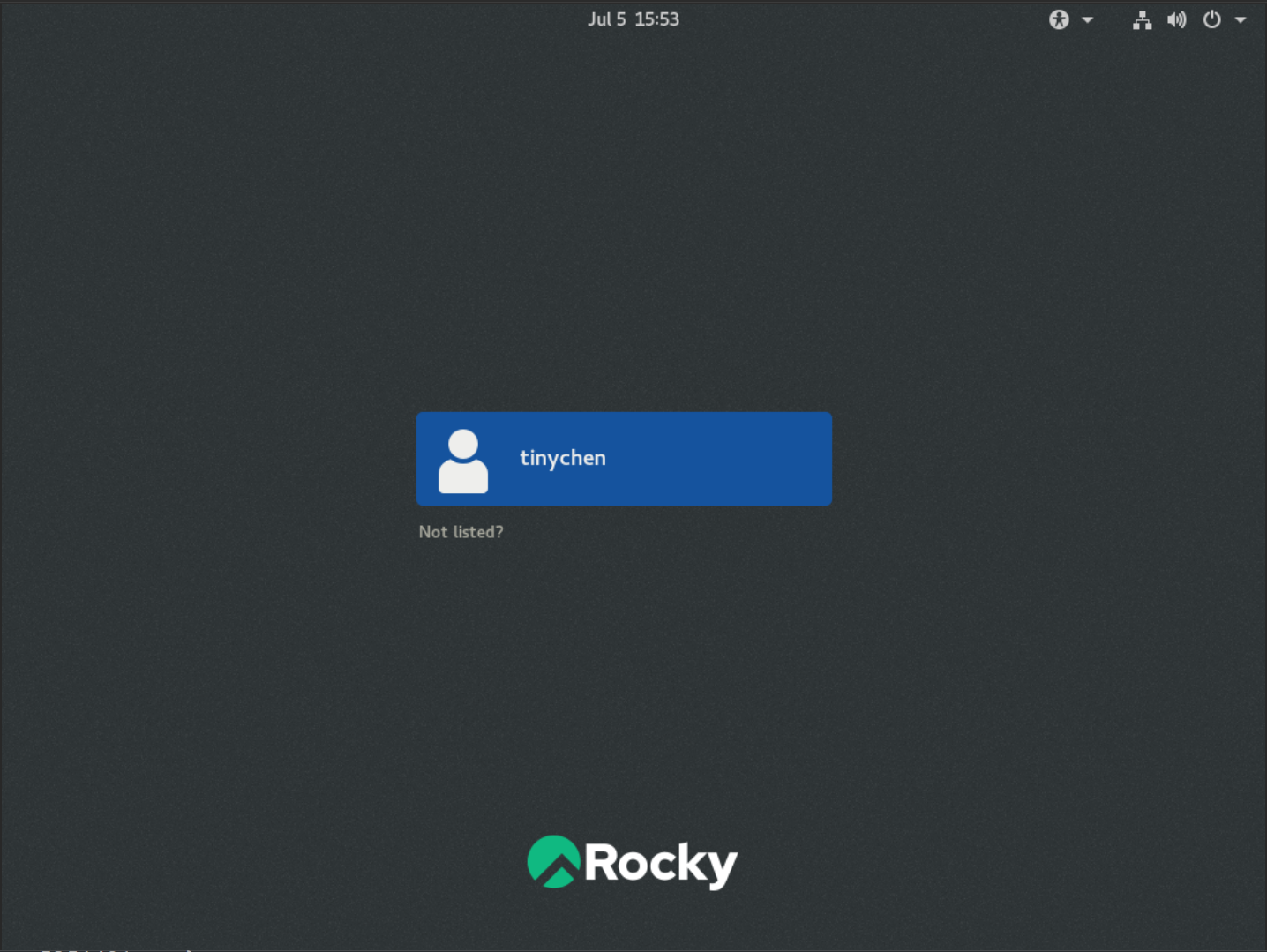
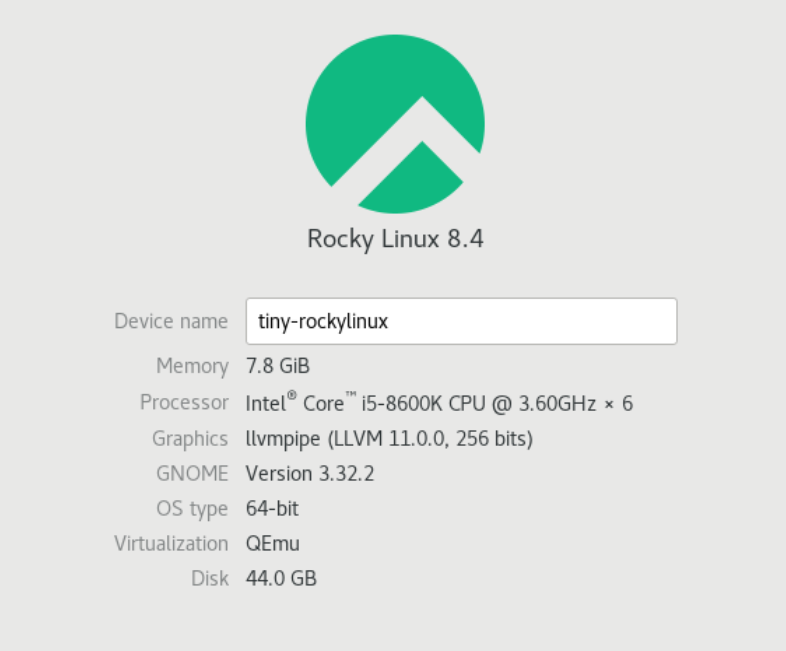
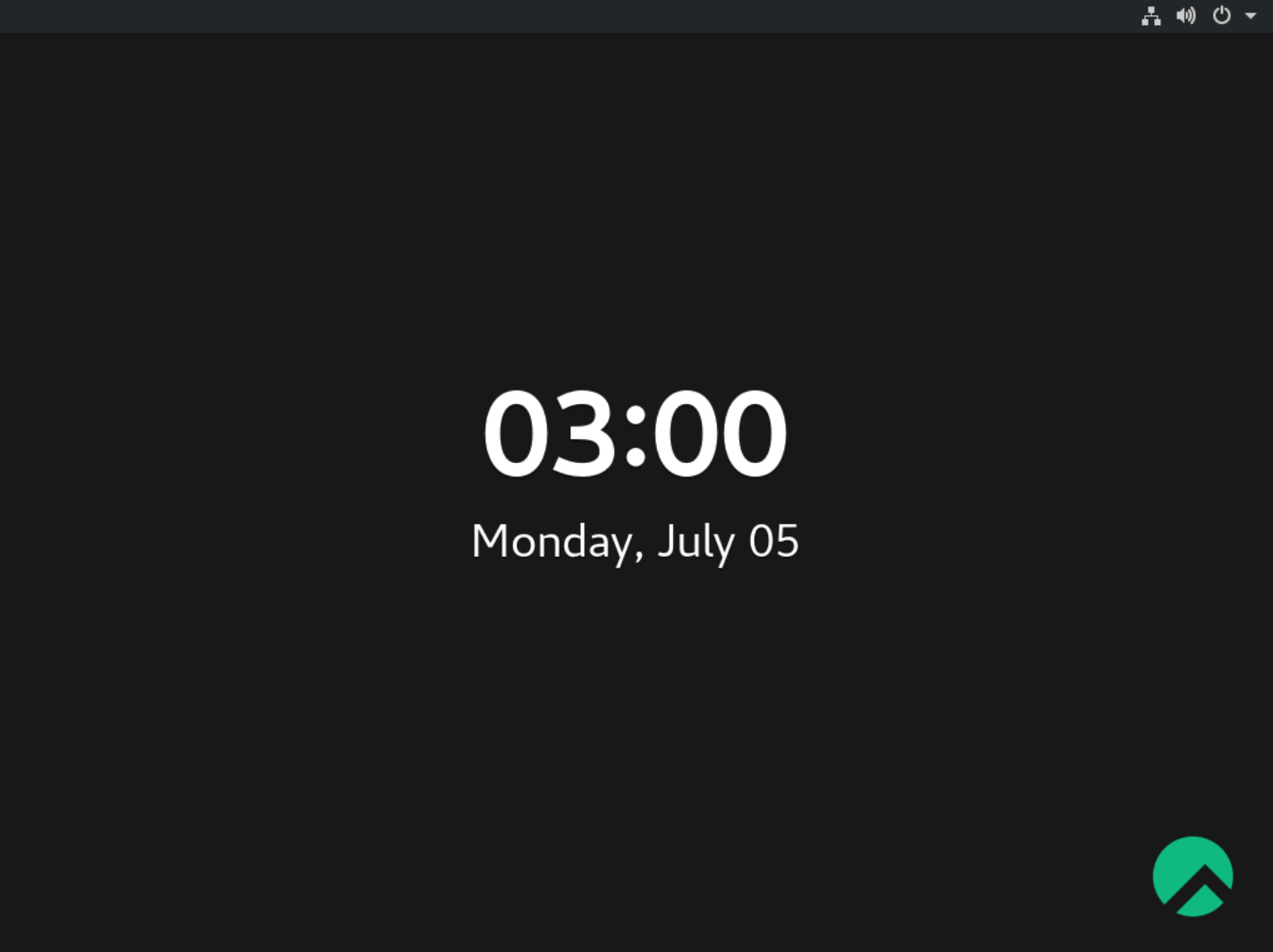
3. common software
|
|
4. yum source support
Using the same epel, elrepo and docker sources as centos8, I found that they are all compatible to install and use normally. This also means that the use of domestic(China) mirror source is also no problem at all, here is the use of the mirror source of the University of Science and Technology, the use of completely normal.
|
|
4.1. epel source

4.2. elrepo source

4.3. docker source
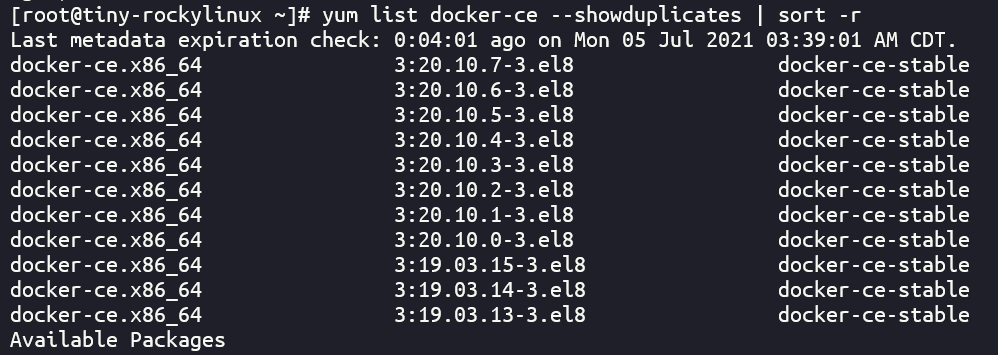
Software conflict error reported when trying to install docker.

It seems that the built-in podman, buildah and the docker package to be installed are in conflict, so uninstall the conflicting software and reinstall it to run normally.
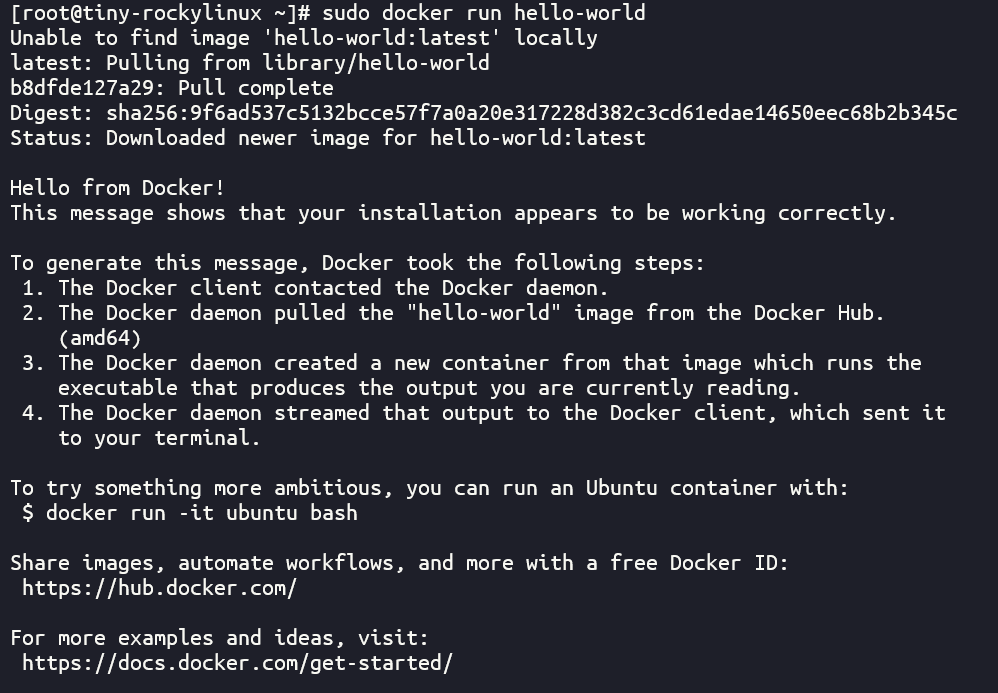
4.4. Default source
Let’s check the default source of Rocky Linux, jump to the corresponding URL to see the corresponding mirrors.
|
|
A simple check found a lot of domestic(China) mirror sources, Shandong University, Chongqing University, Shanghai Jiao Tong University, etc. have mirror sources, so far to meet the normal use is no problem.



5. development prospects
The goal of Rocky Linux is to take over the position of CentOS and become an independent stable and reliable Linux distribution for the open source community, while it will be 100% compatible with RHEL and operate downstream of RHEL for updates, while the founder currently says that in order for Rocky Linux not to become the next CentOS (referring to the loss of community after being acquired control from RHEL downstream to upstream) has done a lot of work, in addition to pulling in a lot of great sponsors, but also set up a special Rocky Enterprise Software Foundation (RESF) Foundation, while developing an open source community charter, but also planning a better documentation community, everything seems to be very good.
Despite being a newcomer, the Rocky Linux project has gained considerable popularity and momentum. Within 72 hours of the launch, the Tier0 image provided by Fastly was reported to have received nearly 70,000 downloads, and the torrent subfile was also downloaded about 10,000 times.
Summarized, the Rocky Enterprise Software Foundation (RESF) is a Public Benefit Corporation (PBC) formed in Delaware (file number 4429978), backed by a board of advisors with access control policies that utilize the principle of least privilege and separation of duty to ensure that no action can be taken unilaterally (not even by the legal owner, Gregory Kurtzer). For more information, see our Organizational Structure.
It seems that Rocky Linux has a relatively good lineup of sponsors so far, with CIQ as the founding sponsor (Rocky Linux is advertised on the front page of the official website), 45Drives as the storage sponsor, and The foreign cloud computing triumvirate Microsoft Google Amazon has also indicated that they will add Rocky Linux systems to their list of cloud server system images. In addition, the number of downloads of the Rocky Linux 8.4 GA release has been quite good, reaching about 80,000 in 72 hours according to the seed files, indicating that the community expectation is quite high.
All in all, if the current momentum continues, the future of Rocky Linux is indeed promising.